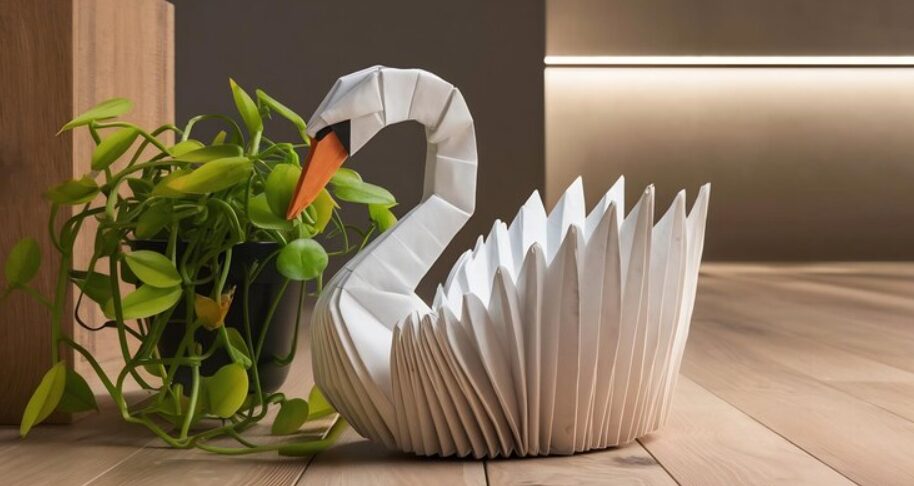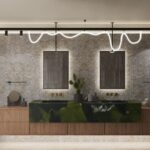In a world where urban living spaces are shrinking and adaptability is key; the ancient art of origami has found a new and innovative expression: origami folding furniture. This design revolution blends the beauty and precision of traditional paper folding with cutting-edge engineering, offering solutions that are as functional as they are elegant.
The Origins of Origami in Design
Origami, originating from Japan, is the centuries-old practice of transforming a flat sheet of paper into intricate forms through folding—without cutting or gluing. While its roots are artistic and ceremonial, the principles of origami have inspired modern designers and engineers to rethink how we interact with everyday objects, especially furniture. The ability to transform a two-dimensional material into a three-dimensional, functional object is at the heart of this innovation.
Why Origami Folding Furniture?
As cities grow denser and living spaces become more compact, the need for adaptable, space-saving furniture has never been greater. Origami folding furniture addresses this challenge by offering pieces that can be easily folded flat for storage or transport and swiftly unfolded for use. This adaptability is not only practical but also brings a sense of playfulness and artistry into the home.
Engineering Meets Artistry
The transition from paper to practical furniture requires more than just aesthetic inspiration. Designers use advanced materials such as composite woods, metals, and durable plastics combined with flexible hinges and innovative folding mechanisms. For example, a chair might begin as a flat panel and, through a series of precise folds and hinges, transform into a sturdy, comfortable seat. These designs often employ hybrid thickness accommodation techniques and surrogate folds to ensure both flexibility and structural integrity.
Prototypes have demonstrated that, with the right materials and engineering, origami folding furniture can support significant weight while maintaining a lightweight, portable form. Some designs even use magnets or locking mechanisms to secure the furniture in its open position, blending safety with convenience.
Sustainability and Mobility
One of the standout benefits of origami folding furniture is its contribution to sustainability. By optimizing materials for minimal waste and maximizing portability, these designs reduce the environmental impact associated with traditional, bulky furniture. The ability to fold and transport pieces easily also supports a more mobile lifestyle, aligning with the needs of students, renters, and urban dwellers who move frequently.
Beyond the Home: Expanding Horizons
The influence of origami-inspired design extends far beyond residential furniture. Architects and engineers draw on origami principles to create deployable structures for emergency shelters, exhibition spaces, and even space exploration. NASA, for instance, has used origami-based folding to fit large structures into compact spaceships, only to expand them once in orbit. This cross-disciplinary innovation highlights the versatility and potential of origami as a design language.
Aesthetic Appeal
Origami folding furniture is not just about function—it’s about form. The geometric lines, crisp folds, and dynamic shapes bring a sculptural quality to interiors. These pieces often serve as conversation starters, blending seamlessly into both minimalist and eclectic spaces. The visual intrigue of seeing a flat object transform into a functional piece of furniture captures the imagination and adds a touch of magic to everyday living.
The Future of Origami Folding Furniture
As the field of origami engineering continues to evolve, we can expect even more inventive applications and refined designs. Advances in materials science and digital modeling are making it possible to create increasingly complex and durable folding mechanisms. The future promises furniture that is not only more adaptable and sustainable but also more beautiful and inspiring.





